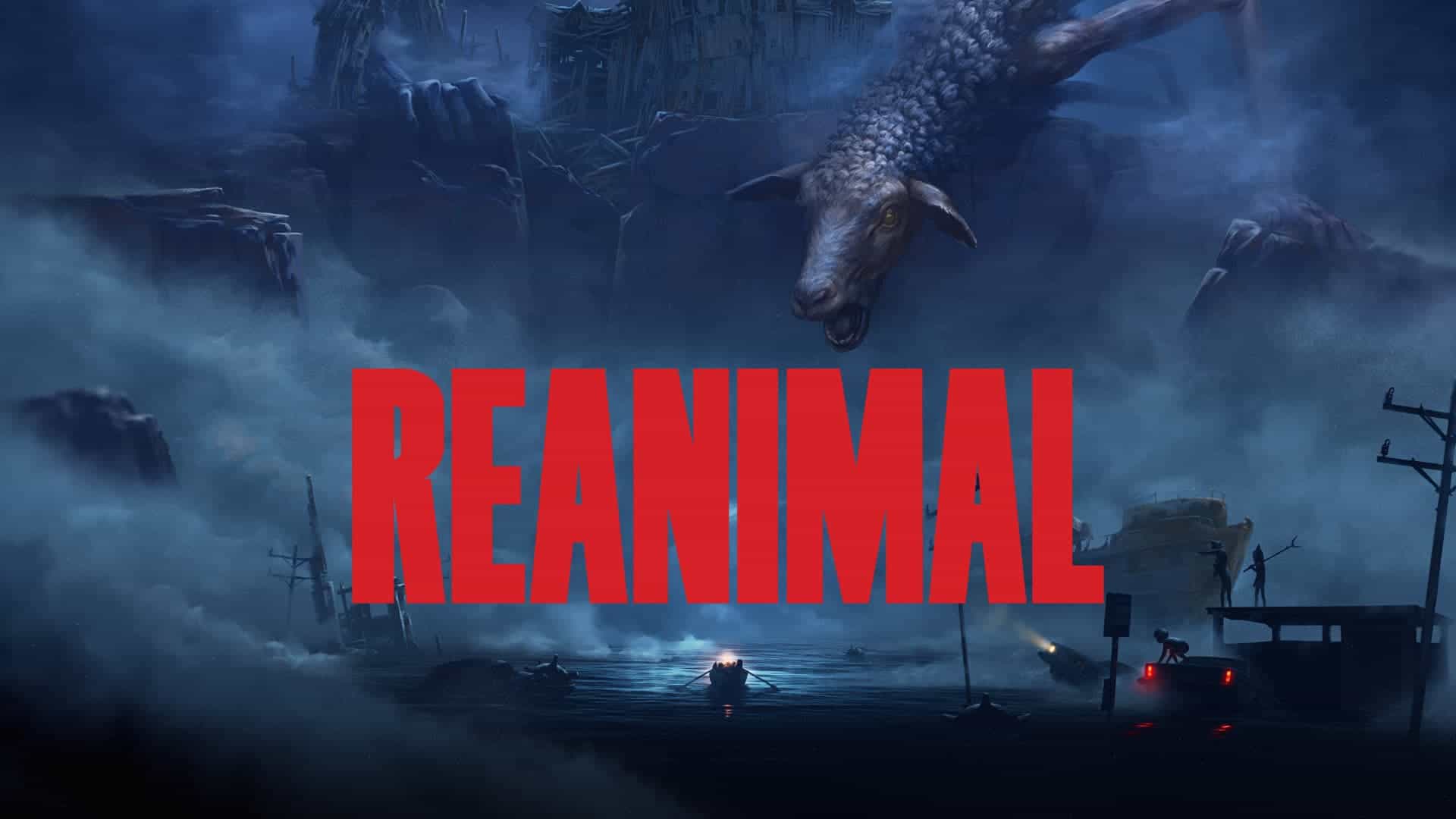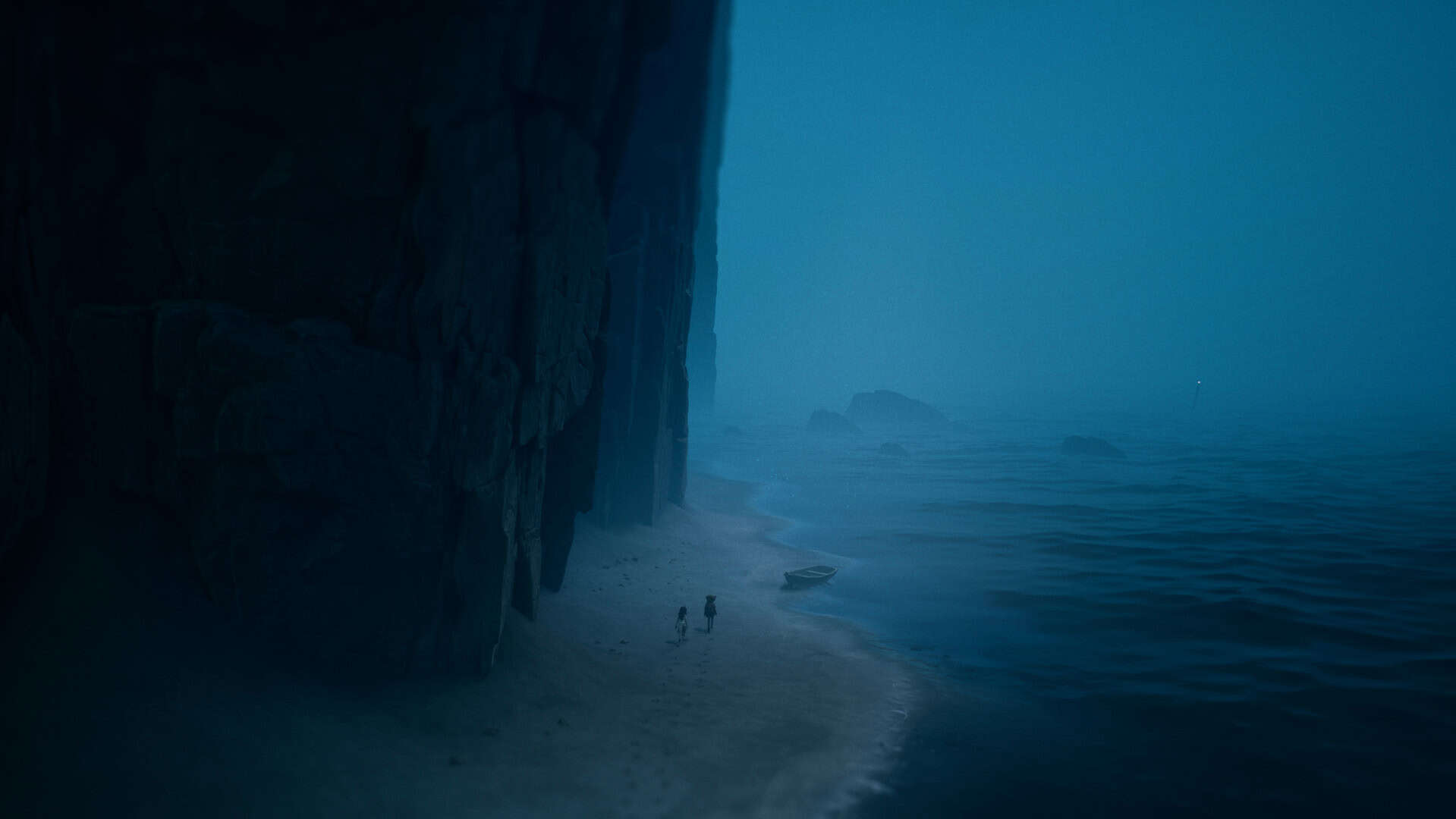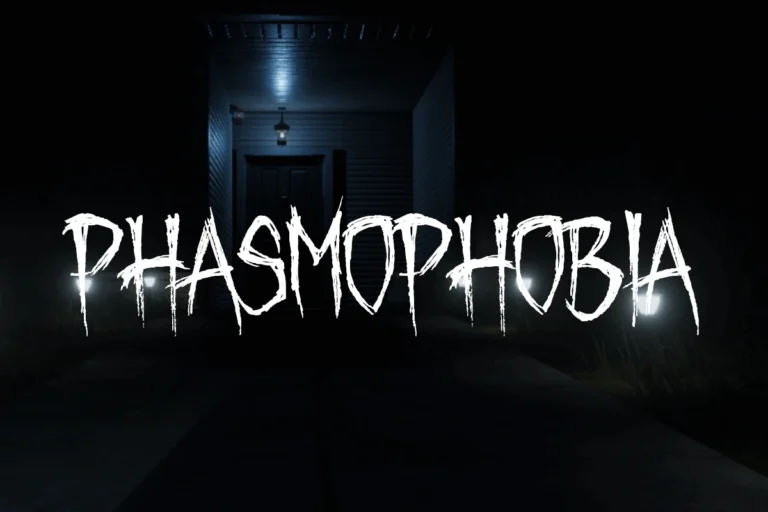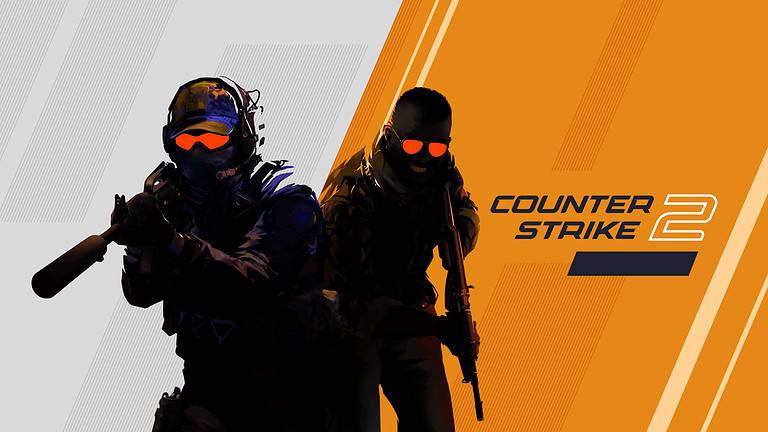
Tarsier Studios—the team behind the cult hit Little Nightmares—is back with a new original horror IP, and it’s shaping up to be one of the most disturbing and emotionally charged games of 2025. Reanimal trades the surreal fairytale horror of its predecessor for something even grittier: a raw, post-apocalyptic world filled with grotesque mutations, familial trauma, and claustrophobic tension. First unveiled during Gamescom 2024, the game’s haunting premise and unsettling design have sparked widespread curiosity across the horror gaming community.
What Is Reanimal?
At its core, Reanimal is a co-op cinematic survival horror game. You play as a brother and sister navigating a warped version of their home island, now overrun by horrific creatures and steeped in emotional trauma. The developers describe it as a story of survival and resilience, where players must solve puzzles, sneak past enemies, and survive together—or alone.

Unlike many horror games, Reanimal features a shared camera system, similar to Brothers: A Tale of Two Sons, where both characters share the screen in a tightly framed, directed perspective. This creates a deep sense of immersion while heightening the panic in confined spaces.
Key Features of Reanimal:
| Feature | Description |
|---|---|
| Platform Availability | PS5, Xbox Series X |
| Modes | Single-player and two-player co-op (local or online) |
| Camera Style | Shared, cinematic directed camera |
| Gameplay Focus | Puzzle-solving, stealth, and survival mechanics |
| Environment Types | Rotting swamps, derelict industrial zones, decaying homes |
| Narrative Themes | Family bonds, trauma, and confronting monstrous memories |
The creatures you face aren’t just random horrors—they’re deeply connected to the protagonists’ past. These reanimated and mutated animals are twisted representations of suppressed fears and emotional scars, blurring the line between psychological horror and physical threat.
Setting and Visual Style
Tarsier’s signature design language—moody lighting, grotesque creature design, and minimal dialogue—returns in full force. However, Reanimal dials up the discomfort. The environments are grounded and decayed, more reminiscent of The Last of Us than Little Nightmares. There’s an overwhelming sense of rot and abandonment, enhanced by the fact that much of the exploration involves flooded ruins and mist-covered forests.
One particularly striking scene from the trailer shows the protagonists rowing through a fog-drenched swamp as malformed deer-like creatures crawl ashore in the distance. The visual style leans heavily into contrast: vulnerability against monstrosity, innocence against horror.

Release Window and Platforms
Reanimal is scheduled to launch sometime in 2025. While no exact release date has been confirmed, the rollout is expected to coincide with the early life of the Nintendo Switch 2, which will receive a full version alongside PC, PS5, and Xbox Series X|S.
| Platform | Confirmed Support |
|---|---|
| PlayStation 5 | ✅ |
| Xbox Series X | S | ✅ |
| PC | ✅ |
| Nintendo Switch 2 | ✅ |
Expect the release date and pre-orders to be announced in an upcoming summer gaming showcase or possibly at Gamescom 2025 if development timelines hold.
Behind the Scenes: From Little Nightmares to Reanimal
Tarsier Studios has undergone a creative pivot since being acquired by Embracer Group in 2019. With Little Nightmares now continuing under Supermassive Games, Tarsier was freed up to develop something new—and darker. CEO Oliver Merlov described Reanimal as “an exploration of what happens when fear is inherited,” referencing not only the trauma embedded in the world but also how it manifests physically through the monsters.
Internally, the game has been built using Unreal Engine 5, taking full advantage of modern lighting, physics, and animation systems to create a world that feels decaying yet strangely beautiful. The team has emphasized emotional storytelling, hoping to make players feel not just scared—but protective.
Latest Trailer & Community Buzz
A new gameplay trailer dropped during the Future Game Show Spring Showcase in March 2025, offering a closer look at stealth mechanics, enemy design, and traversal. It also highlighted several key sequences where both players must work together to solve environmental puzzles—such as one holding a rusted gate open while the other pulls a cart to safety.
The horror community on Reddit and gaming forums has responded with praise for its atmosphere and curiosity about how the co-op narrative will unfold. Many fans of Little Nightmares are eager to see how the new emotional tone and deeper character focus translate into gameplay.
Reanimal is shaping up to be one of the most emotionally intense horror games of the year, building on Tarsier Studios’ reputation while forging a bold new direction. With its blend of grotesque visuals, sibling-centered narrative, and psychological themes, it’s not just a spiritual successor to Little Nightmares—it’s a transformation.
Key Takeaways
- Reanimal offers a unique survival horror experience with distinctive visuals
- Players control siblings navigating puzzles and escaping mutated creatures
- The game’s design incorporates elements from characters’ troubled histories
Exploring the World of Reanimal
Reanimal presents a haunting post-apocalyptic landscape filled with unsettling horrors and atmospheric tension. The game’s world invites players to navigate treacherous environments while uncovering dark secrets.
Post-Apocalyptic Settings and Themes
Reanimal’s world is a bleak, desolate island ravaged by an unknown catastrophe. Players explore this harsh terrain by boat and on foot. Crumbling structures and overgrown vegetation hint at a once-thriving civilization now lost to time.
The game’s atmosphere draws comparisons to The Last of Us, with its focus on survival in a hostile world. However, Reanimal adds its own unique twist with grotesque monsters and a more surreal ambiance.
Key themes include:
- Isolation and abandonment
- Environmental decay
- Struggle for survival
- Loss of innocence
Horror Genre Nuances in Reanimal
Reanimal blends survival horror with psychological terror. The game emphasizes tension and atmosphere over jump scares. Clever use of lighting and shadow creates an ever-present sense of unease.
Players must use their wits to survive, echoing elements of classic survival horror games. The addition of co-op play allows friends to face the horrors together, potentially amplifying the fear factor.
Reanimal’s monsters are described as giant and grotesque, presenting a constant threat. The game’s creators, known for Little Nightmares, bring their expertise in crafting unsettling visuals and animations to this new project.
Gameplay and Mechanics
Reanimal blends survival horror with action RPG elements, creating a unique post-apocalyptic experience. The game challenges players to navigate a dangerous world while managing resources and battling mutated creatures.
Survival Horror Elements
Reanimal immerses players in a tense atmosphere filled with twisted monsters and environmental hazards. The game employs limited resources, forcing players to scavenge for supplies and manage their inventory carefully. Stealth mechanics play a crucial role, as avoiding detection often proves more effective than direct confrontation.
The horror aspects extend to puzzle-solving, with many obstacles requiring creative thinking to overcome. Players must work together in co-op mode, using each character’s unique abilities to progress through the game’s eerie landscapes.
Action RPG and Shooter Dynamics
Combat in Reanimal combines elements of third-person shooters with RPG progression systems. Players can customize their characters’ skills and equipment, tailoring their approach to different challenges. The game features a variety of weapons, from makeshift melee tools to more advanced firearms.
Enemies range from smaller mutated animals to towering boss creatures, each requiring different tactics to defeat. The RPG elements allow players to specialize in different areas, such as stealth, combat, or technical skills. This system encourages replayability and diverse playstyles.
Technical and Artistic Aspects
Reanimal showcases Tarsier Studios’ expertise in creating immersive horror experiences. The game’s technical advancements and artistic direction set it apart from its predecessors.
Visual and Audio Design
Reanimal builds on the visual style of Little Nightmares with a darker, more terrifying aesthetic. The game features twisted monsters and broken child characters inspired by fragments of troubled pasts.
Tarsier Studios employs a muted color palette to enhance the apocalyptic atmosphere. The switch from 2.5D to fully 3D environments allows for more intricate level designs and exploration opportunities.
Sound design plays a crucial role in creating tension. Eerie ambient noises and strategically placed audio cues keep players on edge throughout their journey.
PC, PS5, and Xbox Series X/S Optimization
Reanimal takes advantage of current-gen hardware capabilities on PC, PS5, and Xbox Series X/S. The game’s 3D environments benefit from improved lighting and shadow effects, enhancing the overall atmosphere.
Higher resolutions and frame rates on these platforms contribute to a smoother, more responsive gameplay experience. This is particularly important for tense chase sequences and precise platforming sections.
Load times are significantly reduced, allowing for seamless transitions between areas. The game utilizes advanced physics simulations to create more realistic interactions with the environment.
Community and Industry Reception
Reanimal has garnered significant attention from players and critics alike. The game’s unique post-apocalyptic setting and cooperative gameplay elements have sparked discussions across gaming forums and social media platforms.
Critical Acclaim and Ratings
Reanimal has received positive reviews from gaming critics. Many praise its atmospheric world-building and innovative co-op mechanics. The game’s visual style, reminiscent of Little Nightmares but with a darker twist, has been particularly well-received. Critics highlight the seamless integration of cooperative gameplay elements, which enhance the horror experience.
Several reviewers note the game’s ability to create tension and fear through its environmental storytelling. The Rated T classification has been deemed appropriate, balancing horror elements with accessibility for a wider audience.
Player Engagement and Dialogue
Steam forums buzz with player discussions about Reanimal’s storyline and gameplay. Many players appreciate the game’s emphasis on shared experiences, as they navigate the eerie island setting together. The trailer has generated excitement, with fans dissecting every frame for clues about the plot and monsters.
Players often share strategies for overcoming challenges and theories about the game’s lore. The community has also created fan art and cosplay inspired by the game’s characters and creatures. This engagement extends to social media, where players post screenshots and clips of their most intense moments.
Frequently Asked Questions
Post-apocalyptic fiction explores societal collapse, survival, and rebuilding. “Reanimal” introduces unique elements to this genre, blending atmospheric horror with cooperative gameplay.
What are the main themes explored in post-apocalyptic fiction?
Post-apocalyptic fiction often examines survival, human nature, and societal reconstruction. These stories frequently depict resource scarcity, environmental devastation, and the struggle to maintain humanity in harsh conditions.
Characters face moral dilemmas and difficult choices. The breakdown of social order leads to new power structures and conflicts.
How does ‘Reanimal’ differentiate itself within the post-apocalyptic genre?
“Reanimal” combines post-apocalyptic elements with atmospheric horror and cooperative gameplay. The game features a unique visual style reminiscent of the “Little Nightmares” series.
Players control a brother and sister duo, working together to rescue missing friends. The game world includes both land and sea exploration, adding variety to the gameplay experience.
What narrative techniques are commonly used in post-apocalyptic storytelling?
Flashbacks often reveal pre-apocalyptic events. Non-linear storytelling can heighten tension and gradually unveil the cause of societal collapse.
Environmental storytelling is crucial. Ruins, artifacts, and remnants of civilization provide context without exposition. Unreliable narrators may challenge players’ perceptions of events.
Can you suggest some top post-apocalyptic novels for fans of ‘Reanimal’?
“The Road” by Cormac McCarthy offers a bleak, haunting journey through a ravaged landscape. “Station Eleven” by Emily St. John Mandel explores art and humanity’s resilience after a pandemic.
“The Stand” by Stephen King presents a battle between good and evil in a depopulated world. “Oryx and Crake” by Margaret Atwood examines genetic engineering’s consequences in a post-apocalyptic setting.
How is the ending of a post-apocalyptic narrative crucial to its overall impact?
The ending shapes the audience’s final impression and interpretation of the story’s themes. It can offer hope for rebuilding or reinforce the bleakness of the new world.
Some endings present moral questions about the cost of survival. Others may reveal unexpected truths about the apocalyptic event or the nature of humanity.
What role does dystopian society play in post-apocalyptic literature?
Dystopian societies often emerge in the aftermath of apocalyptic events. These new social orders reflect human attempts to regain control and structure.
Such societies may be oppressive, with strict rules justified by survival needs. They can serve as antagonists or obstacles for characters seeking freedom or change.






